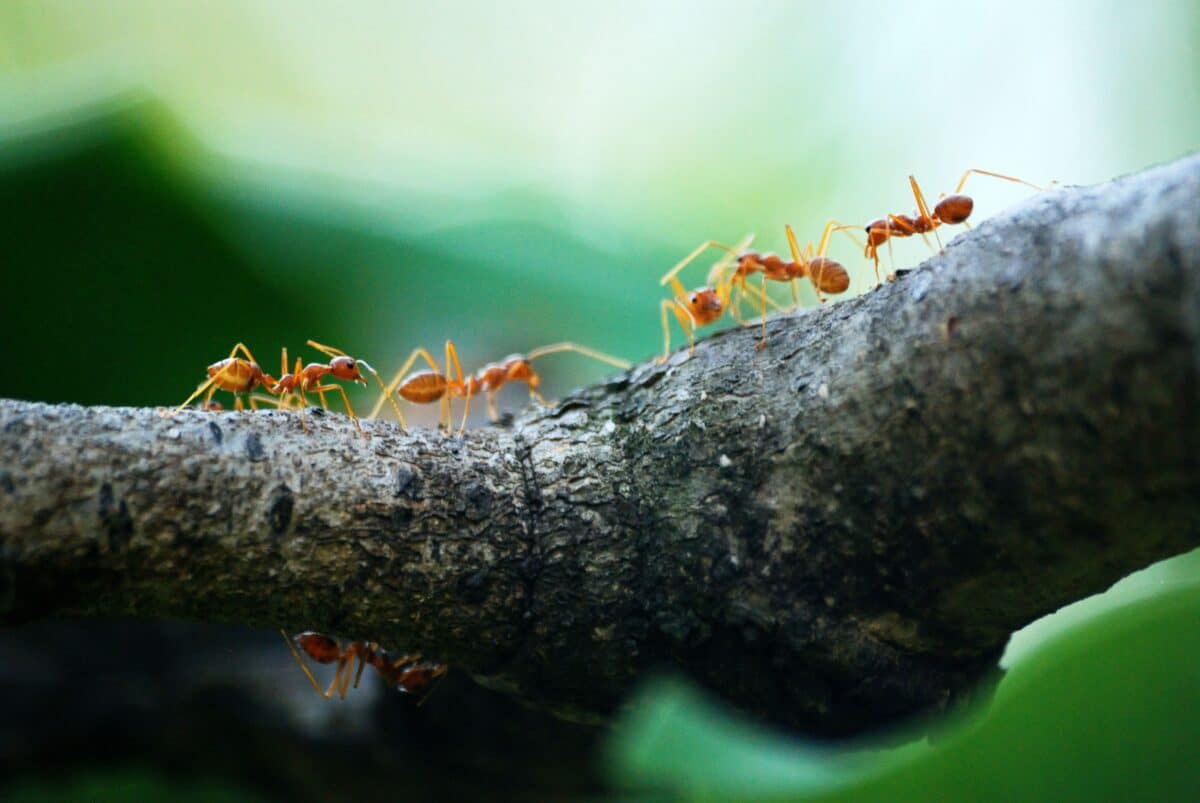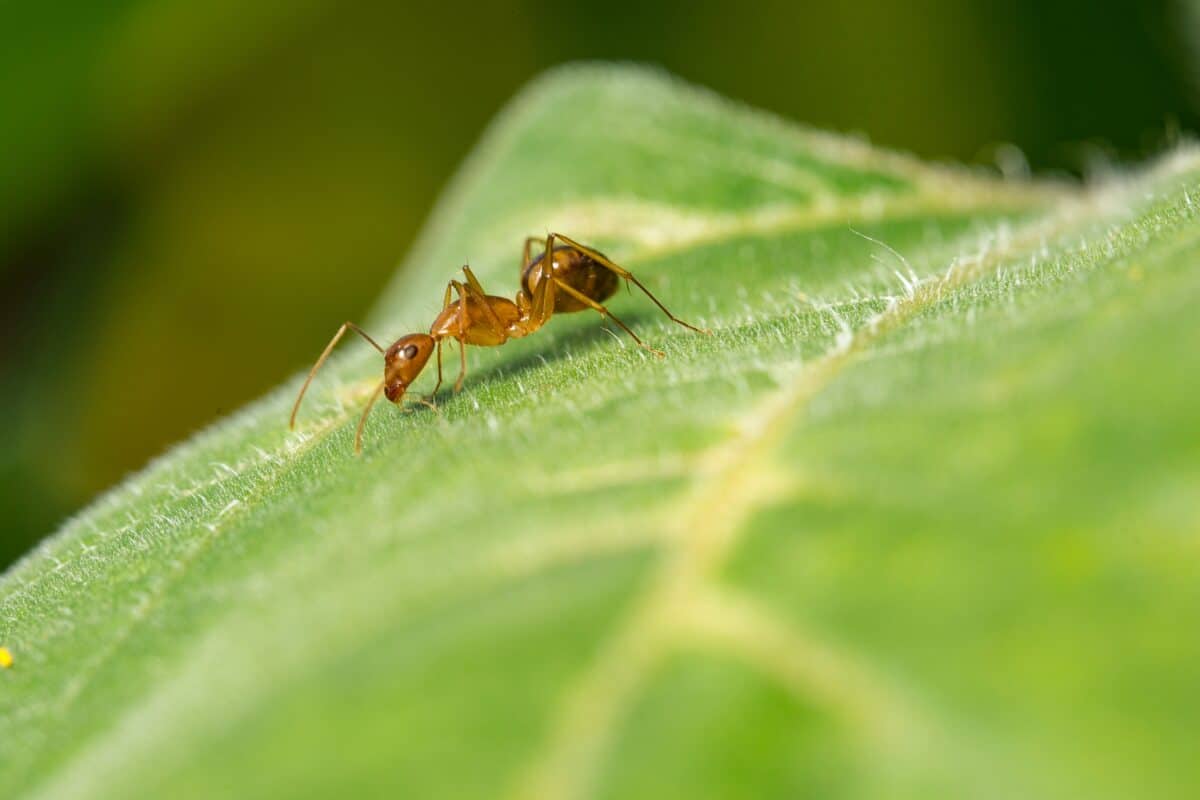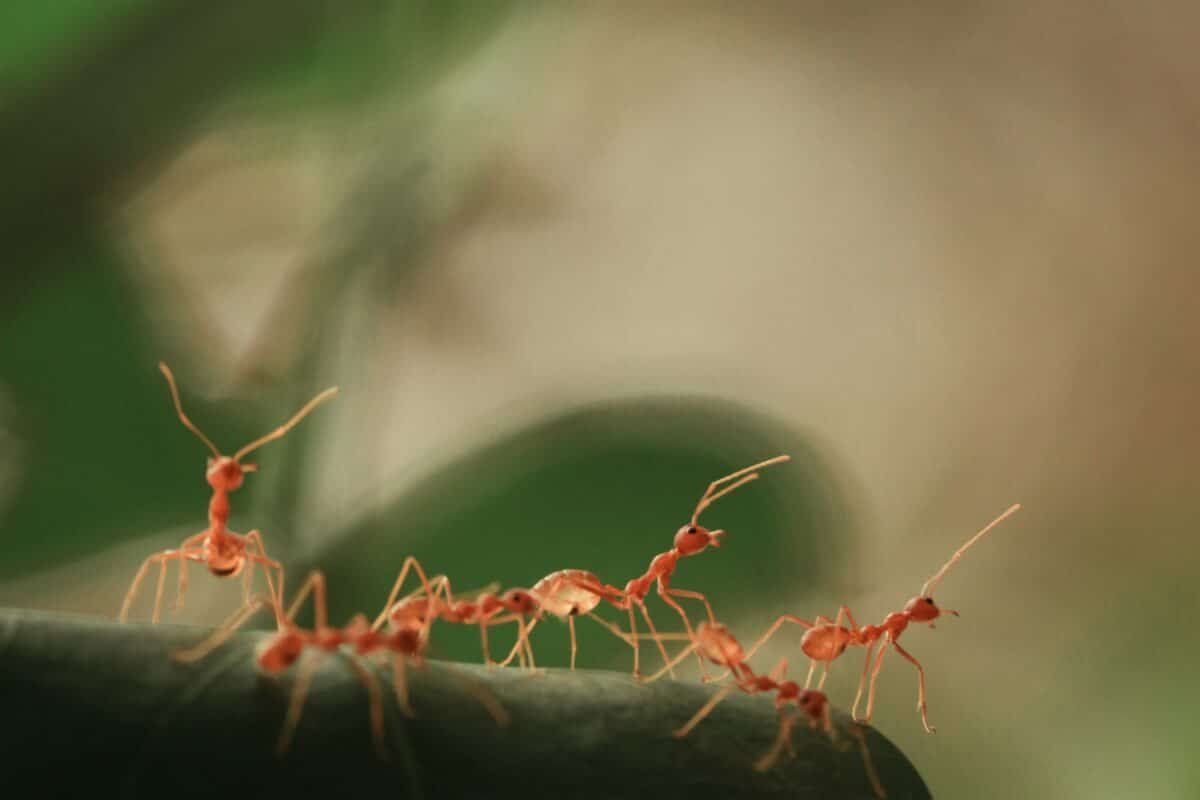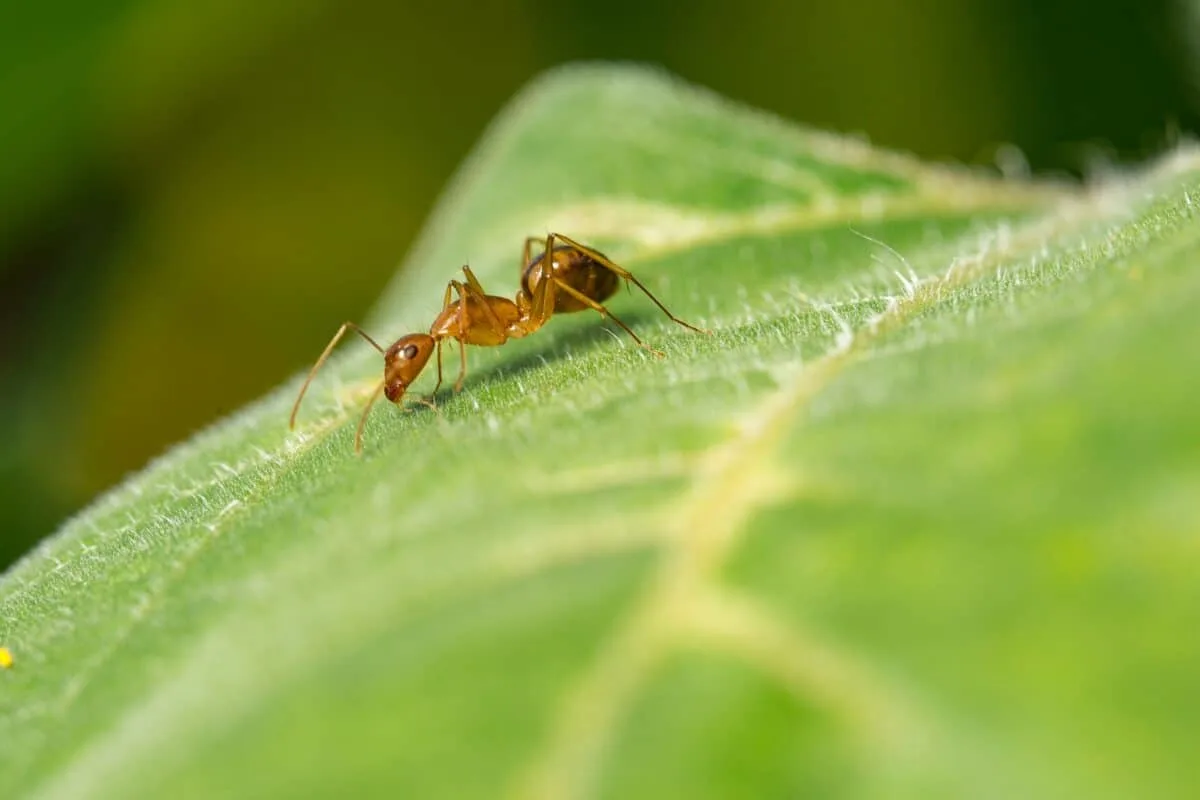In 2002, researchers from the University of Tokyo discovered the largest ant colony ever recorded.

They found a super-colony of yellow crazy ants, estimated to contain over 1 million queens and an astonishing 306 million worker ants. Let’s unpack this discovery and other interesting facts about Ants.
Key Points
- The discovery of the super-colony of yellow crazy ants was in Japan in 2002.
- The yellow crazy ants are an invasive species known for their aggressive behaviour and ability to displace other ant species.
- The discovery of this massive ant colony highlighted the potential for invasive species to cause ecological damage on a large scale.
The Discovery

The discovery of the supercolony of yellow crazy ants in Japan in 2002 was a significant event in studying ant colonies. Researchers from the University of Tokyo found the colony on the Ishikawa Islands.
The colony of yellow crazy ants was estimated to contain over 1 million queens and an astounding 306 million worker ants. Making it one of the largest ant colonies ever discovered in terms of the number of ants. The ants had created a network of interconnected nests that covered an area of over 370 acres.
Yellow crazy ants are an invasive species known for their aggressive behavior and ability to displace other ant species. They are also known for their unique way of moving, which involves moving erratically and rapidly, hence the name “crazy” ants.
The discovery of the supercolony of yellow crazy ants in Japan was significant. As it highlighted the potential for invasive species to cause ecological damage on a large scale. In this case, the yellow crazy ants had already caused considerable damage to the local ecosystem, displacing other native ant species and disrupting the natural food chain.
Efforts were made to eradicate the yellow crazy ants on the Ishikawa Islands, but the process has been challenging and ongoing. The discovery of this massive ant colony underscores the importance of monitoring and controlling invasive species. Thus, this can seriously impact local ecosystems and human activities.
Yellow Crazy Ants
The presence of yellow crazy ants can be concerning due to their negative impact on local ecosystems and native wildlife.
Yellow crazy ants have an aggressive behaviour and ability to outcompete other ant species, which can reduce biodiversity. They are also known to prey on other insects and small animals. Including lizards and birds, which can have a cascading effect on the food chain and further declines in wildlife populations.
Furthermore, yellow crazy ants can also impact human activities, such as agriculture and recreation. As their aggressive behaviour can disrupt the natural balance of ecosystems and cause economic damage.
It’s important to stay informed about invasive species and to support efforts to prevent their spread and control their populations. Thus, this may involve participating in invasive species monitoring programs or advocating for policies that promote responsible management of natural resources.
By working together to address the threat of invasive species, we can help to protect the wildlife that we value as wildlife enthusiasts. While also ensuring that these ecosystems continue to provide essential ecosystem services and support human well-being for generations to come.
Super-Colonies of the Argentina Ants

Now let’s unpack some other considerable Ant species.
As a wildlife enthusiast, the discovery of the supercolonies of Argentine ants is both fascinating and concerning. On the one hand, it’s impressive to learn about the level of cooperation and coordination these ants can, even across multiple colonies and vast distances. It’s a testament to the incredible complexity and resilience of the natural world. Additionally, it’s always exciting to discover new examples of this kind of behavior.
However, the presence of invasive species like Argentine ants can have severe negative impacts on local ecosystems and native wildlife. As they dominate and disrupt local food chains, they can throw entire ecosystems out of balance. Often leading to declines in biodiversity and the loss of critical plant and animal species. Additionally, this can be devastating for wildlife enthusiasts who rely on these ecosystems for their recreational activities and care deeply about preserving natural habitats.
Therefore, it’s essential to remain vigilant and informed about invasive species like Argentine ants. And also their potential impacts on local ecosystems. By staying educated and supporting efforts to prevent the spread of invasive species, we can help to protect the natural world.
The Bottomline
From a wildlife enthusiast’s perspective, the discovery of the supercolony of yellow crazy ants in Japan in 2002 is a stark reminder of the potential damage that invasive species can cause to natural ecosystems.
These aggressive ants can displace other ant species, prey on other insects and small animals, and disrupt the natural balance of ecosystems. This highlights the importance of monitoring and controlling invasive species to protect local ecosystems and maintain biodiversity.
As wildlife enthusiasts, we must stay informed about the impact of invasive species and support efforts to prevent their spread and control their populations.
By working together to address the threat of invasive species, we can help protect the natural habitats and wildlife we value. Ensuring that these ecosystems continue to provide essential ecosystem services and support human well-being for generations to come.
Thank you for following along with this article!
Next up in the animal-news world:
- Lord of the Rings Inspires New Butterfly Genus Named “Saurona”
- The Record-Breaking Size of the Largest Orca Whale
- Meet Frosty: The Leucistic Orca Calf
- The Largest Whale Shark Ever Recorded – 47,000 Pounds
- The Tail of the “Man-Eater of Mfuwe”
- Mass Deaths of Dolphins in the Black Sea Linked to the Russians
- Pregnant Hammerhead Shark Washes Ashore in Alabama
- 2,000 Endangered Rhinos to the Highest Bidder
Join our Forum for free today!




